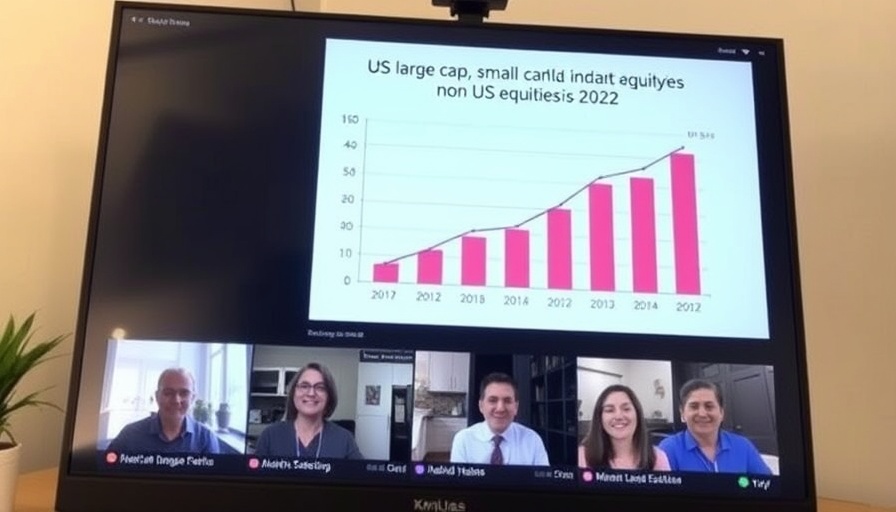
Understanding Nonprofit Business Agility
In the world of nonprofits, agility is more than just a buzzword—it’s a necessity. The recent Nonprofit Business Agility Series Session 2 sheds light on how organizations can adapt to changing environments. This adaptability is critical not only for survival but also for thriving in an often unpredictable social landscape. With the recent upheavals in funding and community engagement, understanding and implementing agility can make all the difference.
In 'Nonprofit Business Agility Series Session 2 - June 24', the discussion dives into the importance of agility in nonprofit organizations, exploring key insights that sparked deeper analysis on our end.
Why Agility Matters Now More Than Ever
Nonprofits face numerous challenges, from shifting donor priorities to the importance of maintaining community trust. The session emphasizes that organizations that are agile can pivot quickly in response to these changes. For instance, consider a local food bank that had to adapt its distribution model during the COVID-19 pandemic to continue serving its community safely. By leveraging agility, nonprofits can enhance their operational effectiveness and truly fulfill their missions.
Learning from the Insights
During the session, experts shared valuable strategies that nonprofits can adopt. They highlighted the importance of ongoing training for staff, which not only helps in embracing new methodologies but fosters a culture of openness to change. Imagine an organization where every member feels empowered to suggest improvements—this is the kind of environment that agility strives to create.
Embracing Technology as a Tool for Agility
Technology plays a pivotal role in enabling nonprofit agility. The session explored how digital tools can streamline operations, enhance communication, and facilitate data-driven decision-making. For instance, adopting CRM systems allows organizations to better track their outreach and impact, providing insights that can guide future strategies. In an age where data is king, nonprofits can't afford to lag behind.
Conclusion: A Call to Action for the Community
As we dissect the insights from the Nonprofit Business Agility Series, it’s clear that embracing agility is not just a tactical adjustment but a fundamental shift in mindset. Nonprofits are encouraged to foster agile practices within their organizations to better serve their communities. How can you help support your local nonprofit in becoming more agile? Whether it’s volunteering your time, sharing your expertise, or simply spreading the word, engaging with the nonprofit sector is crucial. Let’s work together to build a responsive, resilient community that meets the needs of all its members.
 Add Row
Add Row  Add
Add 


Write A Comment